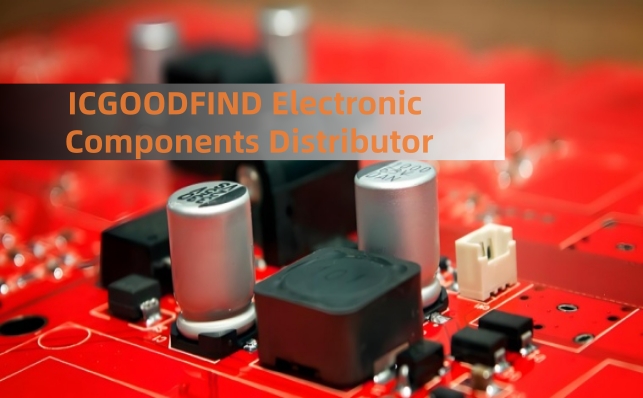BCM84848A1KFSBG: A Comprehensive Technical Overview of Broadcom's 10GBASE-T PHY Transceiver
The relentless demand for higher bandwidth in data centers, enterprise networks, and high-performance computing has solidified 10 Gigabit Ethernet (10GbE) as a critical standard. While fiber optic solutions have their place, the cost-effectiveness and ubiquity of copper cabling make 10GBASE-T an indispensable technology for short-reach applications. At the forefront of this technology is Broadcom's BCM84848A1KFSBG, a highly integrated quad-port Physical Layer (PHY) transceiver that exemplifies performance and power efficiency.
This device is a key component in network interface cards (NICs), LAN-on-Motherboard (LOM) designs, and switch systems, serving as the bridge between the digital world of a MAC controller and the analog domain of twisted-pair copper cabling. Its primary function is to encode, transmit, receive, and decode data signals over standard Category 6A/7 cabling, achieving the formidable 10 Gbps data rate per port with full duplex operation.
A deep dive into its architecture reveals several advanced features that set it apart. The BCM84848A1KFSBG leverages sophisticated DSP (Digital Signal Processing) technology to overcome the significant challenges of transmitting high-frequency signals over copper, namely echo cancellation, near-end crosstalk (NEXT), and far-end crosstalk (FEXT). This robust signal processing ensures high data integrity and low bit error rates (BER) even in electrically noisy environments.
A standout characteristic of this PHY is its exceptional power efficiency. Early 10GBASE-T PHYs were notorious for their high power consumption, often exceeding 4-6 watts per port. The BCM84848A1KFSBG addresses this critical issue head-on with advanced power management techniques, including Energy Efficient Ethernet (EEE) compliance (IEEE 802.3az). This allows each port to enter a low-power idle state during periods of low data activity, dramatically reducing overall system power consumption and operational costs without sacrificing performance.

Furthermore, the transceiver supports Auto-Negotiation and Auto-MDI/MDIX functionalities, ensuring seamless backward compatibility with legacy 1000BASE-T, 100BASE-TX, and 10BASE-T standards. This auto-negotiation capability allows the PHY to automatically select the highest common performance mode between itself and the link partner, simplifying deployment and maintenance. Auto-MDI/MDIX eliminates the need for crossover cables by automatically detecting and correcting the required transmit and receive pairs.
From a design perspective, its quad-port integration offers a significant advantage in board space savings and design simplicity. By consolidating four transceivers into a single package, it reduces the component count, simplifies PCB layout, and lowers the overall bill of materials (BOM) for manufacturers designing high-density switches and adapter cards.
ICGOO
DFIND
In summary, the BCM84848A1KFSBG from Broadcom is more than just a PHY transceiver; it is a testament to the evolution of copper-based high-speed networking. Its combination of high integration, superior signal integrity, industry-leading power efficiency, and robust backward compatibility makes it an optimal solution for modern network infrastructure striving for performance, density, and sustainability.
Keywords: 10GBASE-T, PHY Transceiver, Power Efficiency, Energy Efficient Ethernet (EEE), Signal Integrity
